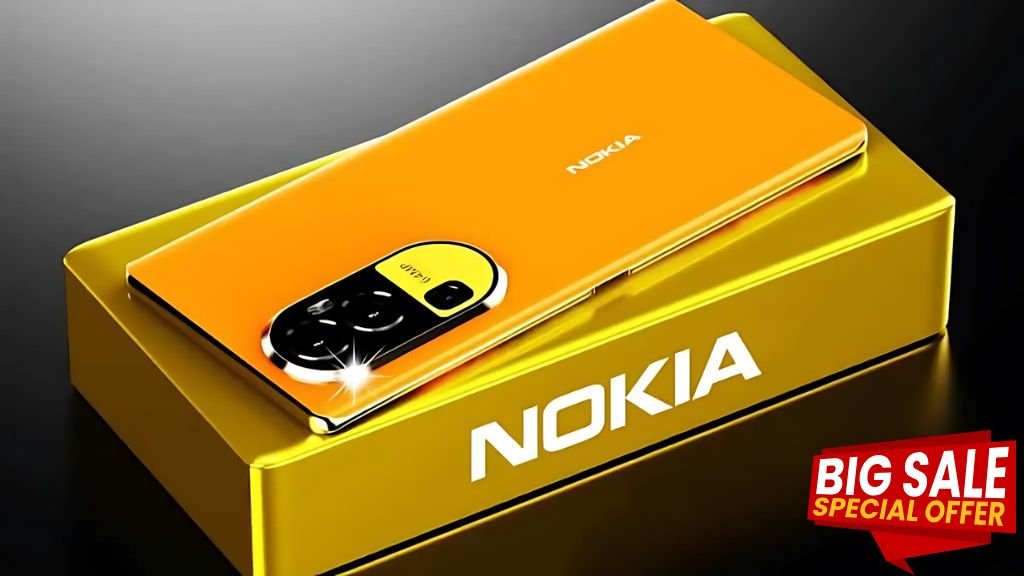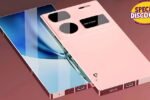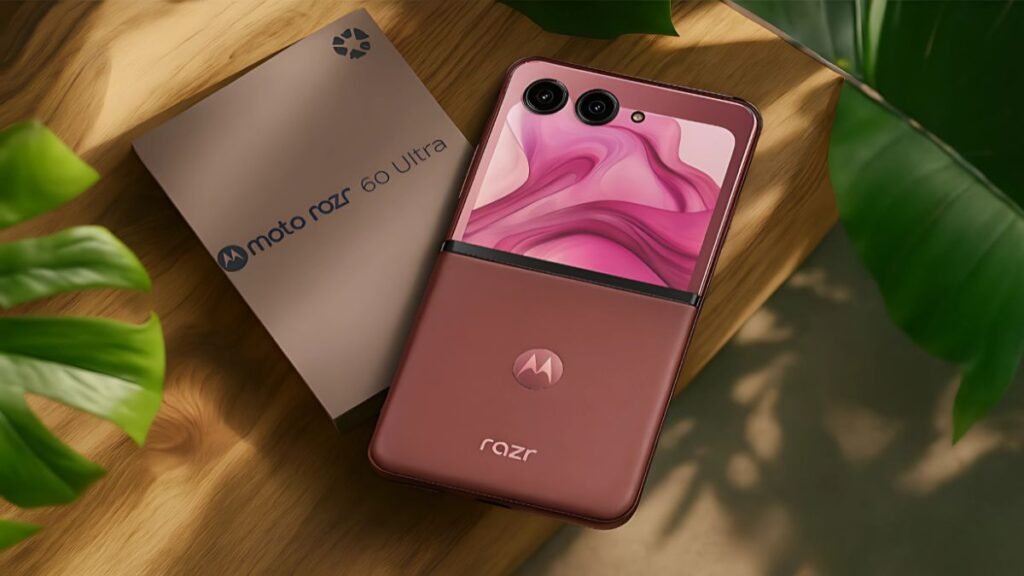Nokia Z99 Mini Launched: Short answer up front: despite viral posts and “leak” pages, there is no official confirmation that a Nokia Z99 Mini has launched as of September 15, 2025. What does exist is a swirl of rumor pieces and social promos that present “expected” specs and prices—useful for curiosity, not for checkout. We’ve pulled together everything credible and filtered out the noise so you can decide whether to wait, what to expect if it appears, and what to buy right now with confidence.
Has the Nokia Z99 Mini Really Launched? A Calm, Fact-Checked Status Check
Let’s start where it matters: launch status. We combed through the usual suspects—brand communications, credible databases, and industry reporting—and found no formal product page or announcement from Nokia/HMD confirming a retail launch of the Nokia Z99 Mini. Many posts frame the phone as “expected” or “coming soon,” often recycling identical spec blurbs and mock-up images. In other words, they’re building anticipation around an unannounced device. Adding context, HMD (the company that builds Nokia phones) has shifted strategy in 2024–2025, promoting its own HMD brand more visibly and winding down Nokia-branded smartphones in several markets. That strategic pivot makes the idea of a surprise Nokia-branded Z-series launch less likely without a coordinated reveal. Bottom line: no launch, no preorders, no official buy buttons—not yet. Treat any spec sheet you see as unconfirmed until HMD/Nokia publishes it.
Rumor Roundup: What People Say the “Z99 Mini” Might Offer
Even if it hasn’t launched, the rumor mill paints a consistent picture of what a compact “Mini” could look like. Posts and roundup pages frequently cite a 108 MP primary camera, a 6,800 mAh battery, and memory options around 12 GB RAM/256 GB storage. Pricing chatter tilts toward a lower-mid bracket, with some sites suggesting a tag that undercuts big-brand flagships by a wide margin. These claims are not official; they look like a familiar cocktail of concept renders, recycled spec lines, and enthusiastic extrapolations. That doesn’t automatically mean they’re wrong—it means we must treat them as tentative. If a Z99 Mini does surface, expect the final sheet to shift in details (sensor choices, charging wattage, chipset naming). Think of these rumors as a mood board rather than a contract: they hint at a compact form, long battery endurance, and a camera-first pitch aimed at budget-savvy buyers who still want bragging rights.
Big-Picture Context: Where Nokia/HMD Stands in 2025
Understanding the brand’s trajectory helps decode rumor plausibility. Over the past two years, HMD has accelerated a pivot: more devices under its own name, fewer Nokia-branded smartphones, and a stronger focus on select regions. In the U.S., for instance, HMD has scaled back operations, promising warranty support for existing devices but not a pipeline of new models. Globally, the company continues to sell and service phones, yet the center of gravity is shifting toward HMD-branded releases and targeted markets where affordable and mid-range devices thrive. In that environment, a surprise Nokia Z99 Mini would need a clear commercial case and a coordinated, multi-market launch—something we’ve not seen announced. This is why most “Z99 Mini” write-ups read as speculative previews rather than launch coverage.
Should You Wait for the Z99 Mini—or Buy What’s Real Today?
We get it: waiting for the “perfect” phone is like waiting for the perfect weather—tempting, but you still have errands to run. If your current device is limping, buy what’s real and reviewed today. That means picking a model with a proven update policy, transparent specs, and in-stock status. If your device is fine and you’re just curious, waiting can pay off—rumors could crystalize into a legit announcement, or they may fade into the archives of “what might have been.” Our neutral stance: align your decision with your timeline, not the rumor cycle. If the Z99 Mini is ever confirmed, you’ll see clear signals: a brand product page, merchant listings, and mainstream coverage—all in the open. Until then, your safest ROI is a current mid-ranger with known performance, battery life, and software commitments in your market.
Speculation With Seatbelts: Possible Price Bands and Positioning
Let’s pressure-test the rumored pricing. Whisper pages pitch a budget-friendly figure—something that, if accurate, would position the Z99 Mini as a compact value play with a headline camera and oversized battery. It’s plausible on paper: HMD/Nokia devices historically punch above their price in endurance and clean software, but face stiff competition from Xiaomi, Samsung’s A-series, and Moto in value tiers. If a Nokia-branded Mini launched near the sub-$250 range mentioned by some rumor sites, it could have oxygen—if the camera and battery deliver and if distribution is wide enough. The two big “ifs” remind us that price tags on rumor pages are not promises and can move with currency swings and bill-of-materials realities. Consider any pre-launch price a placeholder, not a receipt.
Design and Display: What a Credible “Mini” Might Look Like
If we sketch a realistic compact playbook for 2025, we’d bank on a 6.1–6.3-inch display footprint—small by today’s standards, but friendly to one-hand use. Expect a flat frame and a clean, no-nonsense aesthetic that tracks with Nokia’s understated design history. For the panel, a Full HD+ resolution is a comfortable baseline, with either smooth 90/120 Hz refresh for the class or a more battery-first 60 Hz if cost savings are targeted elsewhere. Bezels would be slimmer than the old guard but not “bezel-less.” Colors? Likely a dependable dark (graphite/navy) plus one lighter, friendly hue for storefront pop. Gorilla Glass and a basic IP splash rating would be welcome but not guaranteed at price-pressure tiers. If a “Mini” earns its name, it must be pocketable, grippy, and sturdy—not just a smaller screen slapped into a big chassis.
Camera and Video: The 108 MP Headline—Sizzle or Steak?
A 108 MP main sensor can be impressive, but megapixels are only half the story. What we’ll be watching—if and when a Z99 Mini is real—is the sensor size, aperture, optical stabilization (OIS), and the image pipeline: HDR tuning, skin tones, low-light noise control, and shutter lag. In compact phones, thermal limits and lens stack constraints can dull the benefits of big sensors if the software isn’t dialed in. We’d expect a wide + ultra-wide pairing, perhaps with a macro or depth helper if cost structures demand it. On video, 4K30 is a reasonable target with 1080p stabilization for social-first creators. If a large battery is also in play, that’s helpful for extended recording, but heat is the real boss. The best mid-range camera wins by being consistent: quick focus, natural colors, and share-ready results in daylight and reliable (if not flagship-level) night shots. Rumor pages tout the numbers; buyers should demand the results.
Performance and Battery: Practical Power vs. Spec Sheet Punch
Powering a compact with long life means choosing an efficient SoC—something in the upper entry to lower mid class that plays well with thermals. If a Z99 Mini went the value route, we’d expect everyday smoothness for social, streaming, maps, and banking, plus casual gaming on medium settings. The rumored 6,800 mAh battery would be unusually large for a compact footprint; if true, the device might trade a sliver of thinness for stamina, which many real-world users welcome. Fast charging in the 25–45 W range would keep top-ups practical, though we’d avoid expecting ultra-fast flagship numbers at a rumored budget price. The win condition here is endurance without compromise: a phone that makes it through long travel days, camera sessions, and work chats without the afternoon charger panic. Again, rumors can whisper “two-day battery,” but real life calls the shots.
Software and Updates: Lessons From Past Nokia/HMD Phones
Over previous cycles, Nokia-branded Android phones won fans with clean interfaces and steady security updates, even if the pace of full Android version jumps varied by model and region. In 2024–2025, HMD’s strategy has evolved, and so has its branding, which makes any update promise for an unannounced Nokia-branded Mini a question mark until the spec sheet is live. If a Z99 Mini appears, we’ll look for a clear update policy (number of OS versions + years of security patches) and region-specific notes that match where the device actually ships. A compact phone earns “daily driver” status when software stays snappy, stable, and secure—and when the vendor communicates updates plainly rather than burying them in footnotes. Given recent restructuring and market pullbacks in places like the U.S., availability and update cadence could vary by region. Watch the official fine print if this device moves from rumor to reality.





